This will be a big year for change in every way shape and form, and please, can we hurry up and get there? In resetting systems, I challenge the arts to reset and regroup, especially when it comes to instruction, and remove all the confusion of what was once instructed and upgrade ALL of it. There are two words in particular I would like to start with.
Instead of finding a voice of our own, we get suckered by these two words that in some ways act as gatekeepers into this crazy journey of our visual vocabulary and developing our imagination, into believing certain myths and succumb to the debilitating DAS, or DeviantArtSyndrome, other names include:
-Styleclone-B’Kause-“I”-Cantthink^fer/meselfus©™®MMXX:)
-Unoriginitis©™®MMXX:O
Symptoms include whining about why they can’t get work from the big leagues despite their awesomeness, why they couldn’t get a booth in “X”, “Y”, or “Z” show, why they didn’t make it into “x” annual or “y” art book, calling out art schools as cheap and meaningless, and on more occasions than not use the internet to shame someone that didn’t agree with them instead of confronting the individual and dealing with it in a civilized and orderly manner offline. This condition also includes a list of boxes to check off that are the current “totes-pop” on the top: “anime character” ¾ view hair flying and 25 highlights in each eye with beyond oversized oiled up chest spheres and a trinket of cute pop culture fancy in hand or mouth; concept piece of mountain shapes with a valley in between them with nothing in it but a little spot of color that is supposed to represent the ubiquitous “scale character” and some trick-of-the-day way of painting clouds; the latest Mine-craft block form illustration done in ISOMETRIC view; something new in this clever new medium called 3D that I never thought I’d be able to do, but was a trend 4 years ago; WIPS; a character design that is a collage of famous character designs from very well-known products cleverly cobbled together to fool you into thinking that they didn’t use that IP as a reference (usually defensively defends ever having heard of or seen the artist or product before); furry fav; photo bash mosh up of photos that mean nothing if it weren’t for the last video I watched from a said famous online art _____ (FILL IN THE FANFARE) that showed me how to make this on a YouTube free video, (a cleverly disguised watch me work while I brag vid-bruh); the latest Google Maps landscape painting “wish I was here” sigh…and that’s just ground floor of the multitude of trend copies most of these fans of art misinterpret as the way to be seen.
Now, this is not to say that someone can’t do these things, they might use art as an outlet or a fun little hobby and make any of the above and/or more, and that is totally fine. But, doing them and claiming gawd, professing genius while expecting the ring to be kissed, mmm …no go…
By Warren Ellis (Writer) and Garrie Gastonny (Artist) A very good series.
These two words that are often misused or just used without thinking and misinterpreted are:
STYLE
and
TALENT
Style is not something you are born with-
Style is a result of your immediate surroundings and influences, as well as what you do and do not know about art, and how you learned it, vs. how you filled your day with fan favorites, copies of all the cartoon heroes our parents don’t know we watch and call us amazing creatively, and our friends do know and beg for one of their own, all mislabeling our very existence as a “human xerox machine.”
Talent is not Something you are born with-
The best description of talent that I have read is “someone highly skilled (trained) and their intuitive response to problem solving and more likely starting at a very early age, along with a way to internalize information quicker than many, (natural aptitude along with experience/time) and immediately form an output (developed reflex called intuitive response, aka – skill)…from this statement we can assess that during the developmental years, the artist in training indulges in unfettered practice (confidence is developed here) coupled with praise for a job well done (encouragement builds and strokes confidence) and sometimes tackling challenges given by others (disciplined or informed problem-solving from confidence and experiences to draw from). Together, these are a recipe for a young and brilliant (fill in the title) that shows promise with quick decision making and clever results (talent).
Broader scope of the word – talent exists in anything and is not exclusive to arts, sciences, and sports.
TALENT
The Accolade By Edmund Leighton
The word has caused enough damage to the “could-have-been art community that will never be” and many more who didn’t know they might want to do art but were told they had no talent so just don’t even consider it. It’s often thought of as a nice word, a good word, a word of the gods and horribly misused because of casting the word as an external source of skill and inspiration. Used the wrong way and it paralyzes, or stunts forward momentum and growth.
Unfortunately, this bullet of a word pierces more creative shells than we can count. Families, friends, strangers physical and virtual, teachers, are all at fault for using this word. The damage begins close to home, either way…you have it or you don’t and will be told so from others only to be echoed within your own head from admiration, or damaged spirit because of the word that became your label. I have heard parents tell their children they have no talent, I have heard former colleagues use the word at their students, I have heard of other instructors use the word like its going out of style, and an easy way for them to excuse themselves from actually having to help the student who doesn’t know as much as the “talented” students the teacher would rather spend the time with.
WTF? I mean, really, WTF? Breathe…Breathe…slack…oh wait, wrong path…
Most of the artists that show a lot of proficiency in their skills have done 20x more drawings and practice more often than the average person, which gives them more experiences to react upon ( how you correct your work is through the recognition of a failed path, and thwarting it for a newly develop, more informed path). By definition, one could say that without a doubt Norman Rockwell had talent. He thwarted well, I mean, he problem solved like no other. Looking back at his career we can see his decision-making process and how he cleverly utilized his tools, and his intellect to craft some very well-rehearsed Tony or Oscar award winning performances (however you perceive his acting skills).
“Talent” is a great word for summing up a career, or critiquing a current body of work. Here are a few examples;
“This was such a great, smart, body of work for her first show, a collection of gems, “said artist” has a brilliant and talented career ahead”.
“With so many great pieces already accomplished, I wonder what will come next of this quintessential talent”. Etc.
“Having a solid foundation for training, this talented artist was able to adjust the way they illustrated to span over 5 decades.”
Yay for good examples! Kindly share with those you know and care about that misuse the word.
For friends and/or families who knows someone close to them that might be an artist, and others from the ole’skool, here’s something you might consider as a form of conversation with these creative individuals:
“This is really good, you must have worked “awful” (good Leave it to Beaver homage – they’ll get it, you don’t have to) hard at this wonderful _______ (Fill in the artform or name), and are developing such a strong voice of your own. It is so nice to see you have a passion for entertaining others with concepts that are sometimes difficult to discuss, when words alone can be sometimes, well, most often times misconstrued by others.” Please refer to video below for pace, pitch, and intonations when repeating:
Oops, was that too much to remember? But wait, there’s more: Don’t forget to ask something interesting regarding (“about” if you aren’t coastal) the story or the message, or the idea behind the piece; most of the time its what we would much rather discuss (talk about).
Meanwhile, back in the lab:
Can we just be straight up, and call it hard work? praise for hard work towards a tangible goal is often times enough dopamine to give us a boost in the right direction, instead of living with that looming feeling of guilt for having to avoid our family and friends to feverishly improve our skills or get shit done. All you do as an artist just comes down to plain old hard work, and, also at a certain point, a lot of informed work through rigorous and competent training. But don’t get me wrong, hard does not equal NO FUN…that hard work is play if done correctly.
STYLE
This is a great piece with a great minimalist dialect at play by Adam Curry of Kanye West
The other word that artists need to remove from their personal vocabulary is “style”. An artist’s Style without the corporate or consumer necessity, is a result of some learning if you have had any, inspiration for wanting to make art, and everything you have input into the brain space, processed, geeked out about, fanpersoned out too, and gave you hope and inspiration from…some of these youthful forms of inspiration come in the form of: anime inspired animation, anime, Disney (Glen and Claire Keane Influenced), Comics of every type, Spongebob, Sesame Street, Steven Universe, Peppa Pig, and video games from youth like Minecraft, Warcraft, Fortnite, Pokémon, Overwatch and from an older generation, Pitfall, Mario, Zelda, Monkey Island, Half-Life, and on.
Fan art by #AlmightyGuru
Art inspired kids draw their favorite characters so much they look like they really can draw well, but in their mind, they call it their style. They are fans of something more than being a fan of art, but art is their way of showing how much they love said product, or character, or athlete, etc. This is not the same thing as wanting to be an artist for a living, although they do share the bed together at times.
A Rob Liefeld Like Heroine from unknown fan
It’s similar to learning how to play one and only one song on the guitar; at first glance it might look like this individual knows their stuff, but it turns out, they are constantly polishing the same rock (song). Pushed a little harder from DeviantArt to Art Station, fans following the one who draws the ole Pokester in full awesomeness, praises and props, and can I have one too, money from Venmo or PayPal, rewards from art well drawn, or a quick commish of a personal character in that very style, and now it’s all strangely called professional and that person is a paid artist (insert Imposter Syndrome language here). The few fans that screamed talent helped pulled up the bootstraps and pushed thrust ego on its way. But was this really what they were meant to do? DAS (refer to the second paragraph above) sneaks in and the brain goes to mush. You are now the style you draw which is a style for an IP that is not your style at all but cannot seem to separate one from the other…confused? So are they…
You change out of necessity, as an example, a change in clientele or industry shift, the look you use to make images has also changed or needs to for it to fit in. Just think about it for half a moment, every company on this planet needs art. Every band needs a visual image. Every book needs a cover, or franchise needs a representation that remains consistent throughout a book series. World Organizations need slogans and visual representation. Rallies need signage. Clothing needs labels, etc. and so on down the abstraction.
All those companies have THEIR OWN BRANDING AND STYLE; they speak their own language, their own dialect. As consumers, we relate to the brand through their image, and their product. As an artist, we must adapt to that image so we can be most effective for their brand. We have to adopt their dialect for a moment. This includes clients like Wizards of the Coast, which if you weren’t paying attention, has its own vibe/style unique from other games and other product lines. Many games like to look like they do, they originated that look and it is distinct to their product.
The artists they hire, help enhance that visual language and reinforce the look and feel, the vibe, of their world arcs. The illustrators also work closely with each other whether they see it or not, by direction of the “style guide” that any given product living and breathing in its own universe will provide the artists with as they get started on their journey into new realms. This style guide is a dictionary of images, a visual bible to live and breathe into their own work in the very same, or similar way. By example, this is the most proper way to use the word “style”, as means of a guide or current internal trend, to capture and contain a said style for consistency and to sustain an audience without visual disruption.
Dialect is the word we are looking for. Yes, please replace “style” with “dialect” and all will be well. Drop the ego word and align the mind with how to connect with others in a more universal and thoughtful way.
An Example of what happens when we confuse our own style, making “art”, and getting hired because we are good at what we do:
Companies, Corporations, have their own unique brand look (Style), we are hired by said Co. to do something in their dialect (brand appearance), but, if we do find it hard to meld with them, difficult to fight our own artistic urges, do not quite get there or get “it” (problem solving), or take it upon ourselves to be ourselves, they will niggle with us about our interpretation until it becomes more of what they need than what we wanted, hoped for, or expected we would be doing, or move on to someone willing to play the game. You feel robbed and cheated of your creative expression, bitch about how the world hates art, Corpo-America sucks, blah blah blah…all it takes is to understand what you are really doing as a freelancer so you can play the game and not feel cheated, with that game already running, loaded with rules you must learn to adapt to or be fouled out or benched for life.
An example of an acclimated freelancer:
In your successful rogue routine as the heavy hitting freelancer, you are adapting a dialect in your work, a way to speak “their” language and also offer something clever or unique enough in what you do for them that they can use and make billions of duckets from your contributions. They hired you because you showed a certain flare for story telling or a unique look that aligns well with them and that they admire (don’t be fooled by the word), and would like you to brand with them. Or, they saw something you did on social media and found your pages, note that you are highly skilled, and, like most naïve artist to corporate interactions, thought that you could do their look because of how good you are, not coming to you because of what you might internalize as “your way, your style”. Everyone benefits in some way and you are on a good list from a prominent client; most beneficial indeed!
There are so many other talents out there that go unnoticed because we don’t think of what they do as an art form or something that actually warrants a lot of energy and understanding, and sometimes, neither do they. I say this very loosely because it can be attributed to anything we do in life, and that “anything” in the hands of someone who was destined for it is magic to watch, and we should be so lucky to share a glimpse of their own personal genius at play and maybe learn something from it. Pay close attention, and you will see how they have adapted to whatever it is they do, their personal dialect (style-ad ego/or personal image), an affinity in their analog, a mental state that gives them the air of confidence and freedom as they go about their tasks, whatever they may be.
“And that’s the way it is…”
If you made it this far, click on this link below to witness Style and Talent, er um, Dialect and Skills Abound! smile, and enjoy. He will be your new best listen. These are just his Theramin pieces, go watch him on the organ…He hsa flippy flangy loose finger playing style that just kills the keys. And the one man band thing is still hard to wrap my mind around, especially the way he is doing it. And, for those with first impressions, he is all gag…his serious look here is him playing around. He is not “that” kind of person…
Dang, like usual, I can’t just share one, here are two more, one with Mezerg and Dario Rossi, and a solo performance by Dario Rossi. Amazing and uplifting! They are a part of the new wave of music coming out of German Art Renaissance that was flourishing just before all the lock-downs.
And one on the organ to give him one more chance with his other tools playing a familiar tune, but go listen to his own music, it’ll spin yer head…


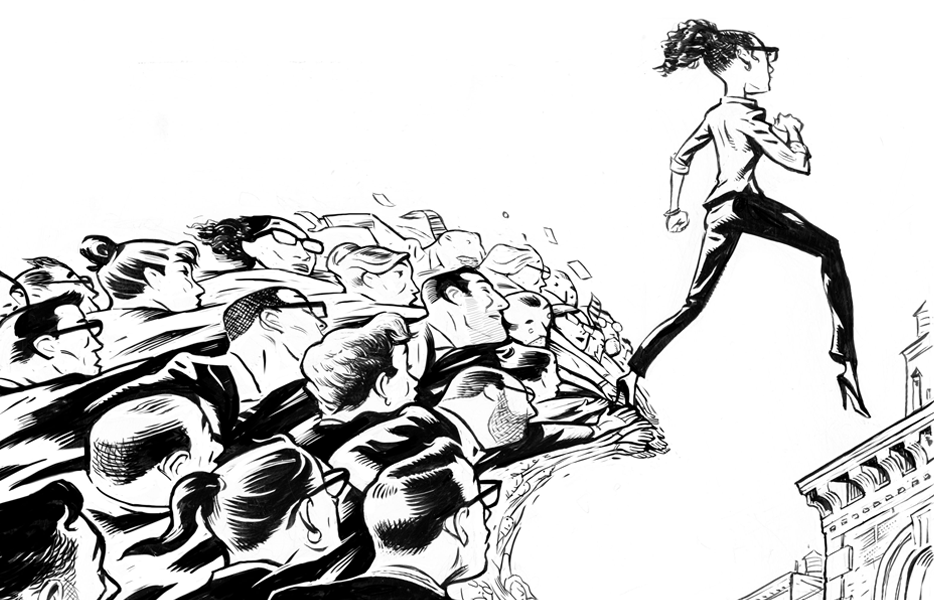
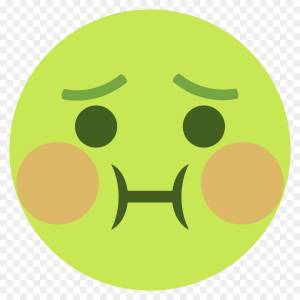

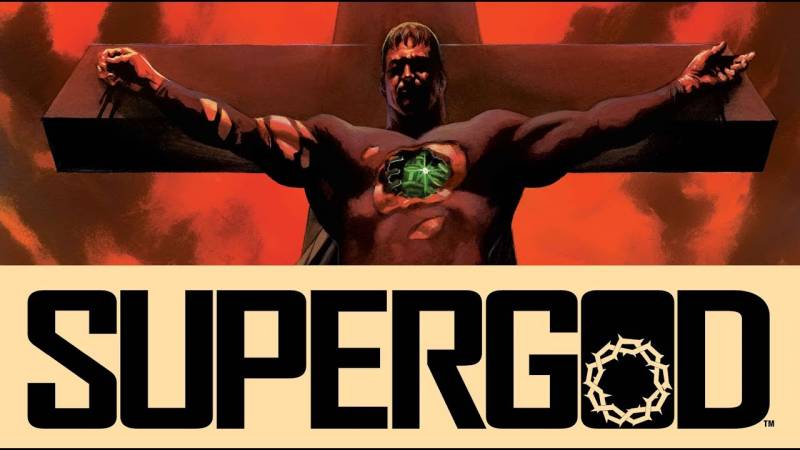
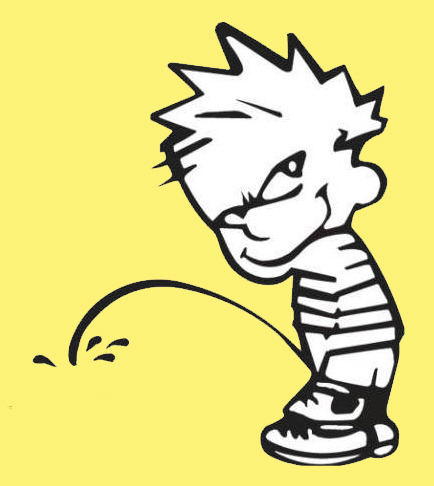

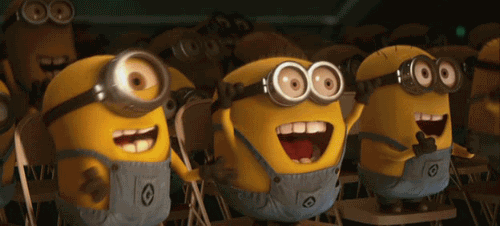
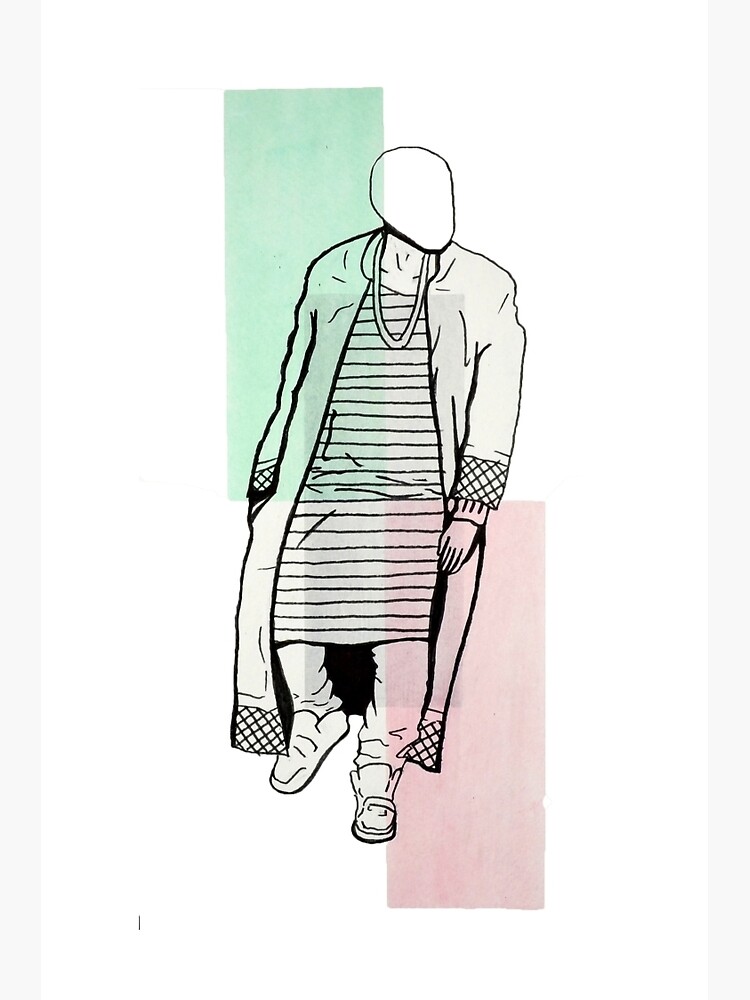

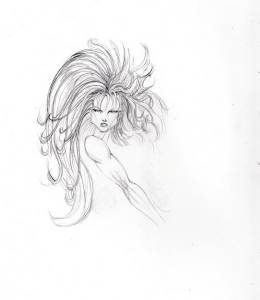


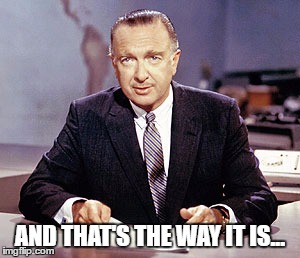


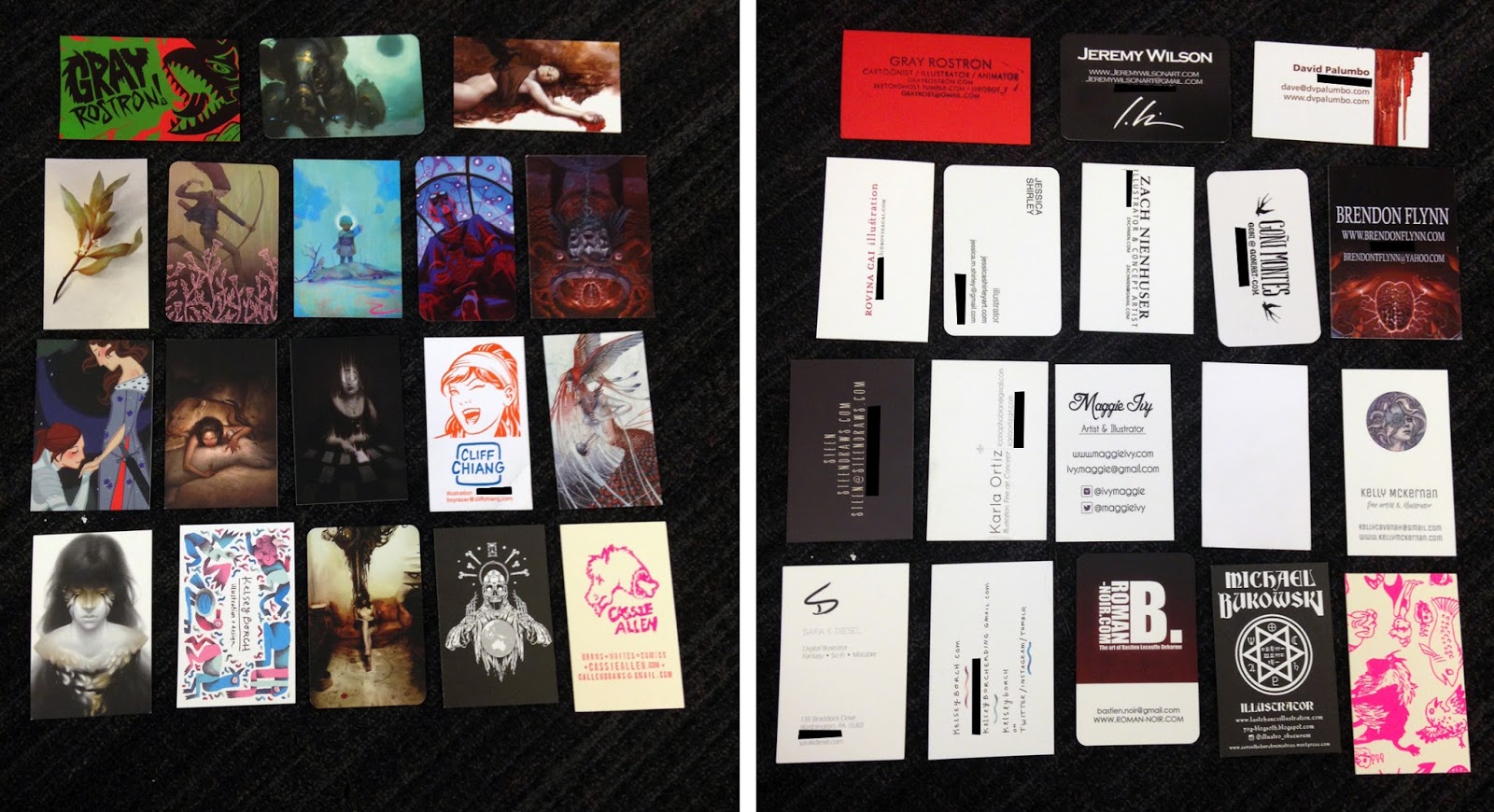
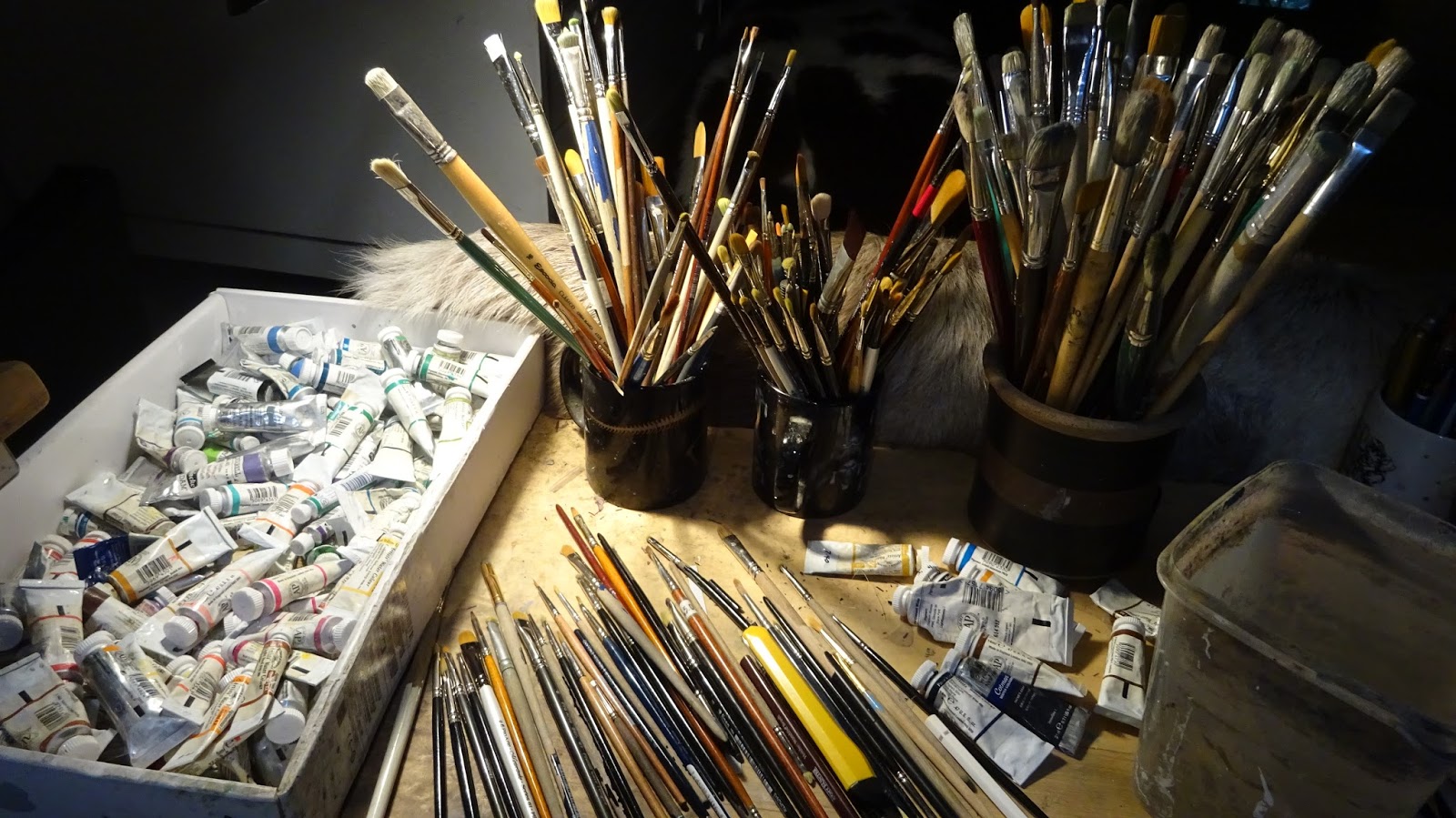
Thanks for sharing this Ron!
Thank you Sebastian. Hope you are staying sane and healthy.
This is just the author’s long-winded rant about things he doesn’t like. Who approved this article and why didn’t anyone proofread it or fix all the formatting errors?
Hello Zucchini
Thank you for posting. The wrong thing said is still a thing, and warrants conversation. I would have agreed with you that this was an author ranting when I first wrote it, because it was. But it quickly changed into something more productive as it should, therefore, you would be incorrect in your opinion.
This comes from years of teaching, developing programs, and building accredited curricula for over half a dozen schools, and running face first into the same issues over and over again regardless of whether its an atelier, a technical school, an accredited institution, one trying to attain said accreditation, or a private institution. The arts are poorly structured and there are kill words that stop people cold from performing, from trying, from caring, or starting at all when they really wanted to. Psychology and the way we are wired often sucks!
The curriculums in all the public schools is severely damaged and has no chance of recovery. The private institutions charge too much leaving most out in the cold, and still do not provide a quality education for those who can afford it. Ateliers get very laser focused on what the owner’s strengths are and the rest lingers. Experience, and all the different platforms I have worked with or helped develop, has given me some interesting insights and some abstract perspectives on many things this industry suffers from, and how all these different industries literally are all one and the same as much as we do not see the connections some of the time.
The two words I presented today have been absolute creative and curiosity killers to too many of the students I have worked with, people that have come to my demonstrations and I’ve had the privilege to converse with, people who buy my work but do not do art themselves, and those conversations all center around a similar subject, if the conversation goes down that pathway – which I usually try to take it out of these curiosities. I am curious as to why someone came to watch an artist make art. It is not the norm, and in many ways almost seems like a smoke and mirrors magic show, but painfully slow, like watching paint dry. I know why I go but I have seen students bored to tears watching, so for someone who does not do art, how much do they really get from that experience? I’d like to know. I know why I go, but why does someone who doesn’t make art, or someone who is maybe learning art, or why another pro decided to stop in to learn – this stuff fascinates me. It helps form a tangible understanding of the state of the arts on every level, down to the minutia like a word that should be removed or replaced for clarification.
Value – Edge – Tonality are a few more words that mean too many different things at different times and to clear this up give specific things specific names so everything has a proper and clear label for easier understanding and easier teaching of “—” concept, especially on the fundamental, foundation stage of learning.
Both of these words I discussed today are negatives that need to be retuned, remove the old stigma around them and use them in proper context, and maybe find another word in substitution, or hope that either will just go away, magically disappear, and everyone will have a pure curiosity for the unknown and just try just because – only in fantasy novels will this ever exist –
The system is broken and words are misused, this is not a rant, this is a fact. I am stating this fact in the tone that most know me for if I speak at all outside of teaching or directing; factual and cynical…if I say more, and remove the puns and joking, it is passionate, then it will become a rant to some but a strong argument to others. I kept this down to light hearted. While this is definitely passionate because it is filled with lessons to be learned, it is also light hearted and written in humor for artists since a pedestrian would However humorous the tone, written words do not rarely portray the attitude, unless you truly know the person and their tone and/or disposition. And, if we can’t make fun of ourselves, then that’s just sad. It is a wonderful thing that helps the yang in our yin.
And while what you said was not correct, I do appreciate you responding at all as it starts a conversation and helps clear things up for anyone who might read this and think likewise.
It is also a starting point for a much bigger need, to refine the language of the visual arts and find a structure that helps improve what is already a very cobbled together system in the first place. A unified language is a grand scheme but not unachievable by any stretch, and for refining the system, that too is an easy fix but might take the next gen of teachers to go along with it. When I worked with a once supposed-to-be great art school, it was run by artists who were big a long time ago and were stubborn about any changes or upgrades…I think new minds will do well to help revolutionize the structure of learning and shift the learning into something practical that makes sense and sharpens foundation, technical, and creative tools all at once, not focus on one but not the others like too many schools do today.
Anyway, I could go on about all of these things, but thank you again for prompting this dialog and have a fantastic day.
As for the spelling, if you’d like to help spell check these before they go up, we need volunteers! We have no in-house staff, only the of other eyes of two full time artists, and whenever they can get to it if, and when the articles are turned in with plenty of time to look over them – that is a clue to this conundrum –
I agree with you. Plus it seems to be a near unreadable bad mix of previous articles. I expected better.
To densely formatted. I never got the formatting of muddycolors articles. You know about whitespace on the internet? You need more and not less. And – for gods’ sake – don’t use italics.
Long winded, Not sure what the point is.
I really appreciate the breakdown between talent and hard work. Thinking about style (or not thinking about it) is a daily struggle, but I feel like these monthly posts are great at getting me to re-focus on priorities.
Very nice article!
Its a shame to have to disagree with it though. Since a lot of these discussions happen online, the hope that change will happen is futile. The internet and people using it seem immune to change … in the true sense of the word, changing one thing into another. Nothing is ever removed. Rather, the internet & users seem to just pile on more.
More opinions, more prejudices, more pron, more photobashing, more bashing, more things to like, more things to dislike, more … everything!
Just don’t hold yer breath while you hope and wait for change.
Thanks Ron, lots of food for thought. I like to think that talent exists, but it’s so rare that it might as well not. In my imagination, out of every 100 successful artists, only 1 is naturally talented, and even they had to work hard to develop it. The growth mindset, in my experience, is like a hidden secret that you have to find on your own by stumbling onto the right books, podcasts, and Youtube channels. The fixed mindset seems to be the default assumption, especially in the arts.